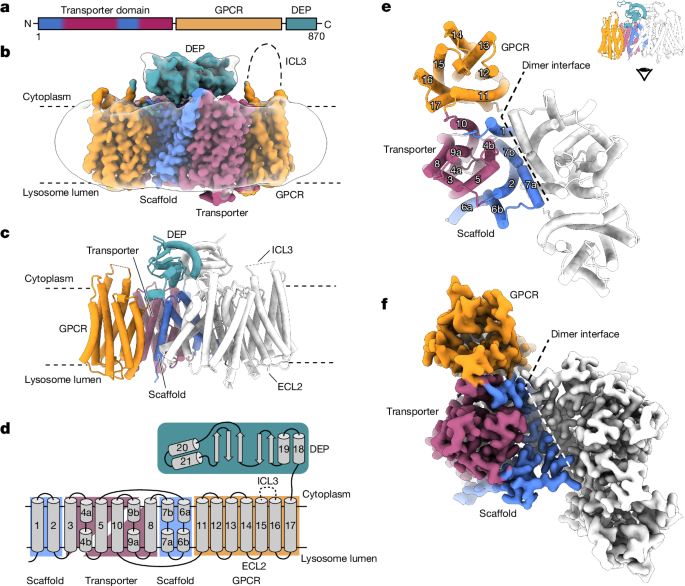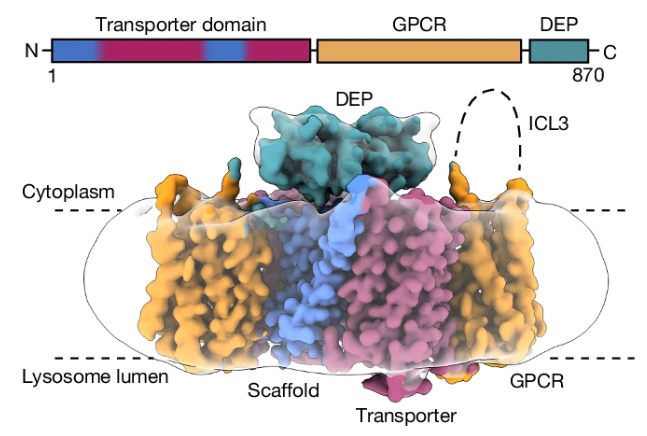When we place humans and plants side by side, they hardly seem like the same kind of organisms, do they? However, a report has found similarities at the microscopic level of protein analysis. Could it be that, in this part, humans and plants are all relatives?

Protein Structure Analysis in Humans
A research group was analyzing the human lysosome. Lysosomes are organelles within cells responsible for breaking down external substances that enter the cell, processing the necessary parts for the cell, and expelling the unnecessary ones. On the surface of these lysosomes, there was a protein called “LYCHOS.” LYCHOS is a lysosomal membrane-translocating protein that acts as a cholesterol sensor, but its precise function was unknown. Therefore, the research group decided to investigate this protein in detail by examining its specific functions and identifying its structure using highly detailed microscopy, among other analyses. Their investigation revealed that LYCHOS functions as a “transporter” of certain substances.
Searching for Similar Proteins…
Since they had begun to understand LYCHOS’s function, they searched for other similar proteins that might have been studied previously. As a result, they found that LYCHOS is closer in similarity to a family of proteins called “PIN transporters” found in plants than to proteins within humans. In plants, PIN transporters are known to transport a “plant hormone” called “auxin.” More specifically, PIN transporters have a structure that firmly grasps auxin, specifically indole-3-acetic acid (IAA), and function as switches for growth and metabolic reactions by transporting it within the plant.
Does It Serve the Same Function as in Plants?
So, does the LYCHOS protein in humans have the same function? The research group also addressed this question. Remarkably, LYCHOS was able to retain IAA. Although its ability to hold IAA appears weaker than that of the PIN transporter, it was found to be a protein similar in both structure and function to the plant counterpart!
IAA is a very common component functioning as a plant hormone within plants. However, its functional elucidation in animals, including humans, is limited. Some microorganisms can synthesize IAA, which other organisms might utilize, and it’s being researched as a potential new bioactive compound, though much remains unexplored in this field.
The research group suggests that since IAA is not recognized as a significant bioactive compound in animals, LYCHOS might be involved in transporting other similar substances rather than IAA. As evidence, although the structures are similar, LYCHOS has a weaker binding force for IAA. It’s highly likely that, in losing its ability to retain IAA, it evolved to capture and transport other substances.
Life Is Still Full of Mysteries
This was a fascinating study showing that a protein in animals resembles a protein found in plants. Since the lysosome is an organelle that higher organisms possess, it’s understandable that cases like the one reported here could occur, but seeing it is still curious. LYCHOS and the PIN transporter are structurally very similar, but their primary functions might differ. At what point in evolution did this functional divergence occur, and why? The questions are endless. Life truly is fascinating!



コメント